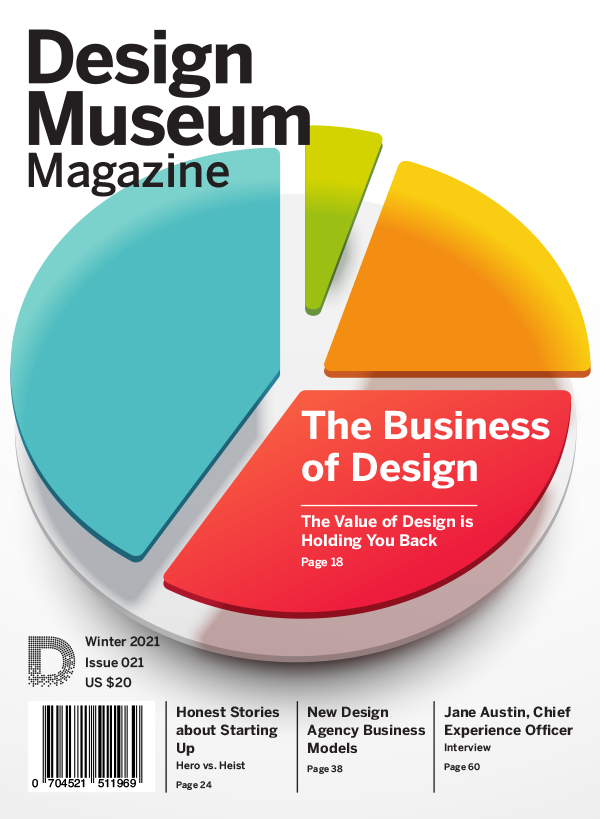Letter from the Editor
Disrupting the Workplace

By Sam Aquillano
When I was a junior in high school, I got lucky; I found a brochure about industrial design in a college financial aid office. I had no idea what I was going to do with my life, and it felt like I had found it: my career! When I shared my aspirations with my parents, however, they were concerned. At the time, they had no idea that an entire industry existed to create the graphics, objects, buildings, and experiences that we see, use, visit, and enjoy every day. The year was 1999, and the design industry hadn’t yet hit the mainstream.
Thanks to companies like Apple and Target — both of whom used the word “design” right in their advertisements — as well as writers like Bruce Nussbaum who wrote about the power of design in BusinessWeek in the early 2000s, and many others evangelizing the value of design, the impact of design in business entered the stage. I became a designer during this period. Technology has certainly changed; at my first internship I was still using paper and pencil for technical drawing, and now designers are generating innovations and utilizing augmented reality and big data to create the future. Most importantly though, the value of design in business is now clear.
In McKinsey’s award-winning report from October 2018, The business value of design, the consulting firm showed that companies in the top-quartile of the McKinsey Design Index (companies that lead with and invest in design) outperformed industry-benchmark growth by as much as two to one in terms of revenue growth and total returns to shareholders. Design is valuable, and designers are now at the decision-making table.
In this issue of Design Museum Magazine, you’ll read about designers in the C-suite and the rise of the Chief Design Officer. I interview Jane Austin, Chief Experience Officer at Digitas UK to learn about her role. You’ll explore the power of design to drive innovation for companies big and small, from authors at Fresco Design, Mad*Pow, and Box Clever. Angela Yeh shares her thoughts on design professionals creating a balance between being a generalist and a specialist, and Adrian Gill prompts the question: how can we bridge the gap between business and design through education? Sara Hartmann pushes us to tell more honest stories about how design businesses begin. Her work reminds me of some of design’s biggest strengths: collaboration, convening, and synthesizing — which just might be a roadmap for design success in business.
Enjoy the issue!
Sam Aquillano
Executive and Creative Director
CoDesign Collaborative
